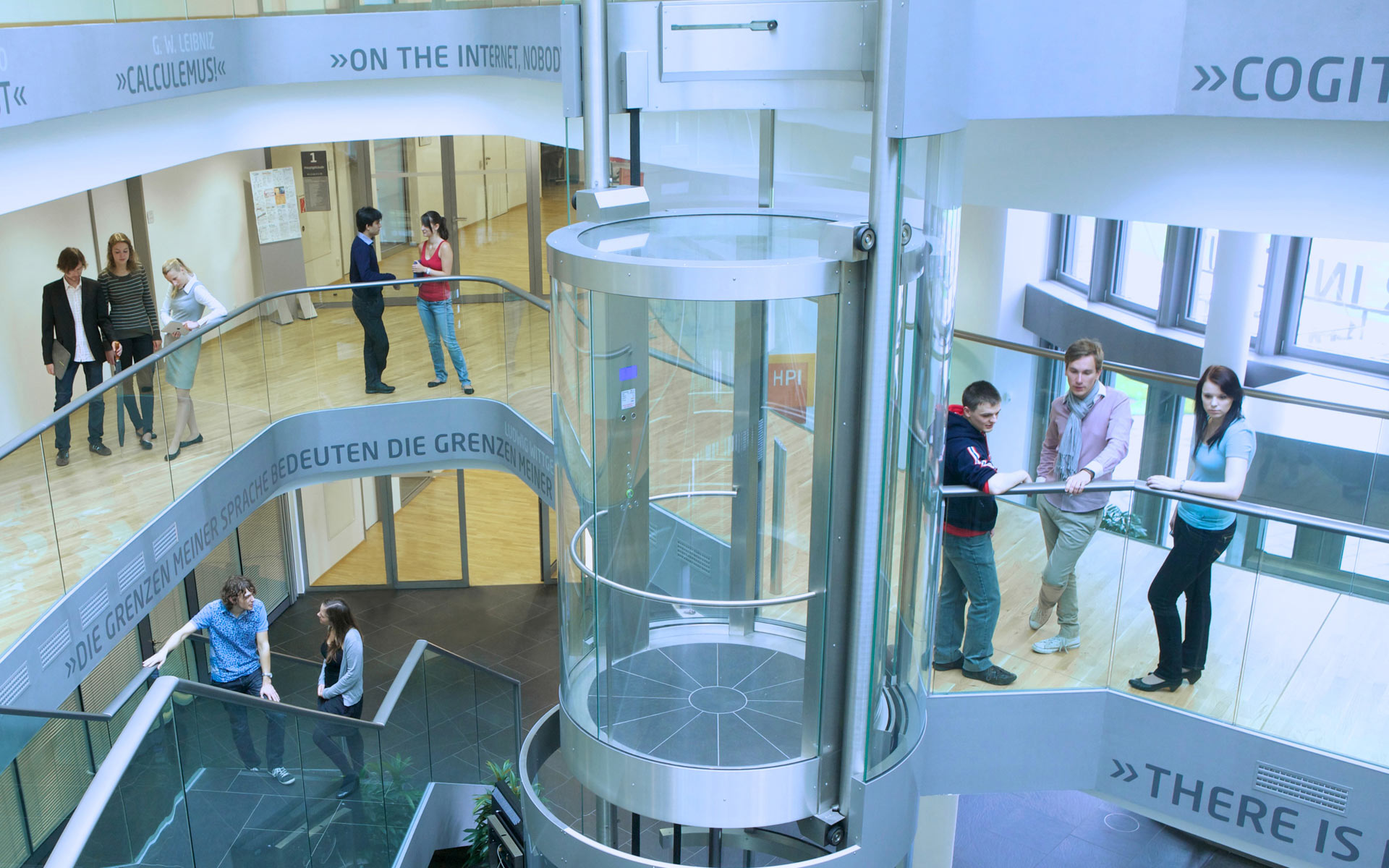When developing a real-walking virtual reality experience, creators generally design virtual locations to fit a specific tracking volume. Unfortunately, this prevents the resulting experience from running on a smaller or differently shaped tracking volume. To address this, we present a software system called Scenograph. The core of Scenograph is a tracking volume-independent representation of real-walking experiences. Scenograph instantiates the experience to a tracking volume of given size and shape by splitting the locations into smaller ones while maintaining narrative structure. In our user study, participants’ ratings of realism decreased significantly when existing techniques were used to map a 25m2 experience to 9m2 and an L-shaped 8m2 tracking volume. In contrast, ratings did not differ when Scenograph was used to instantiate the experience.

